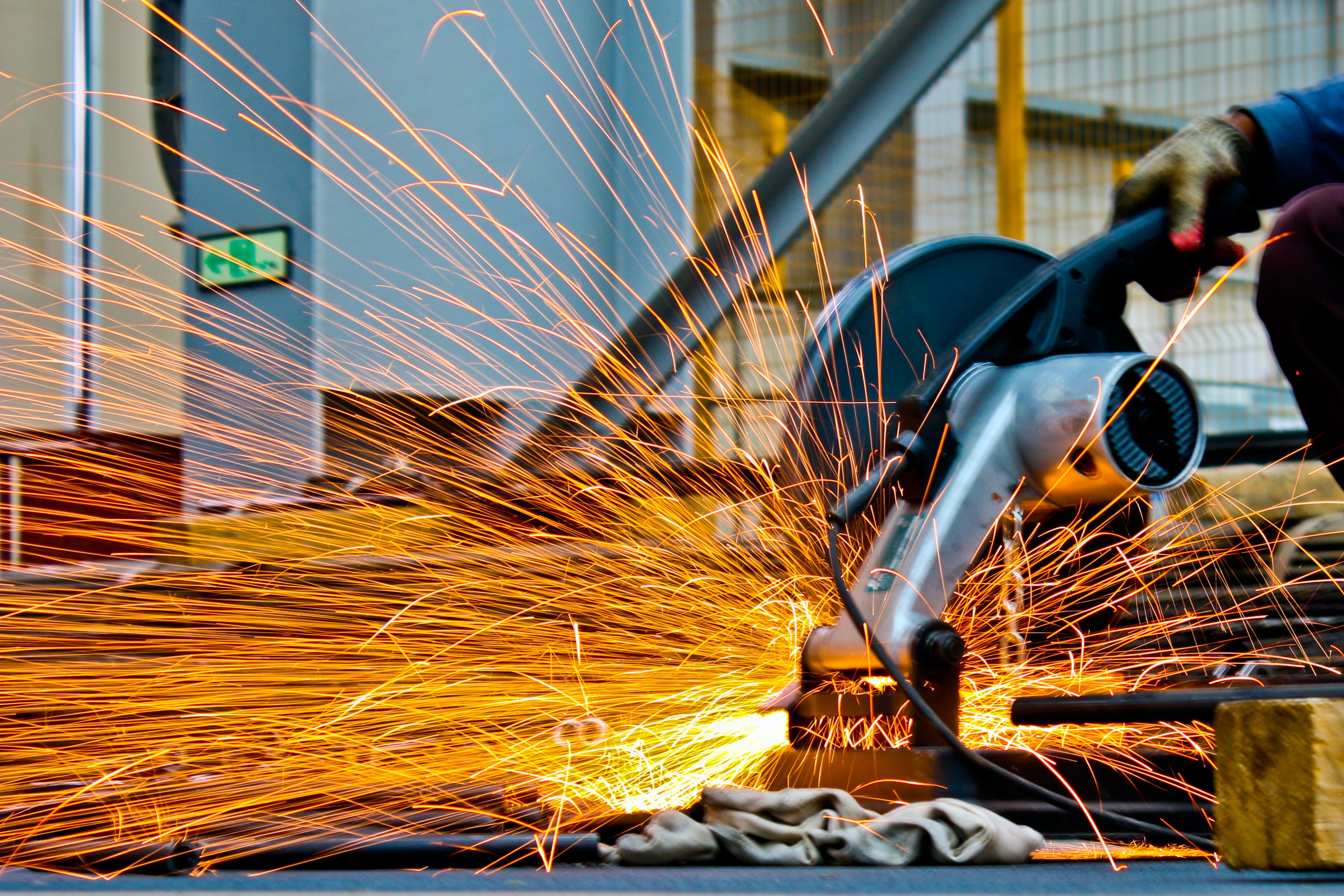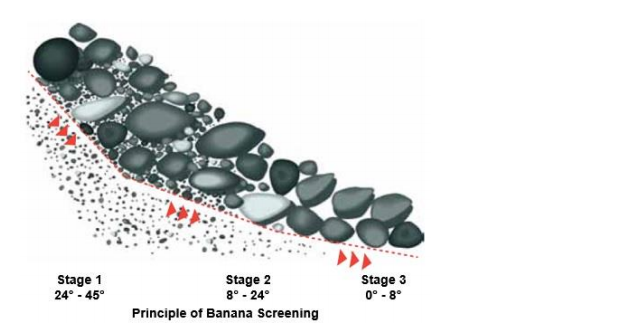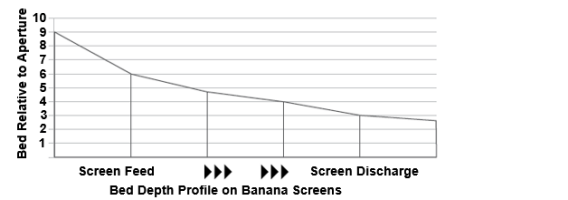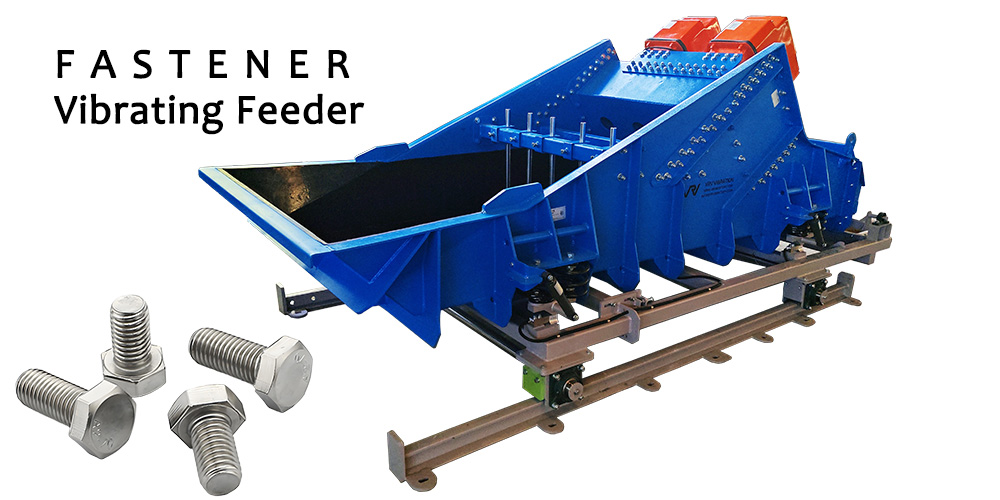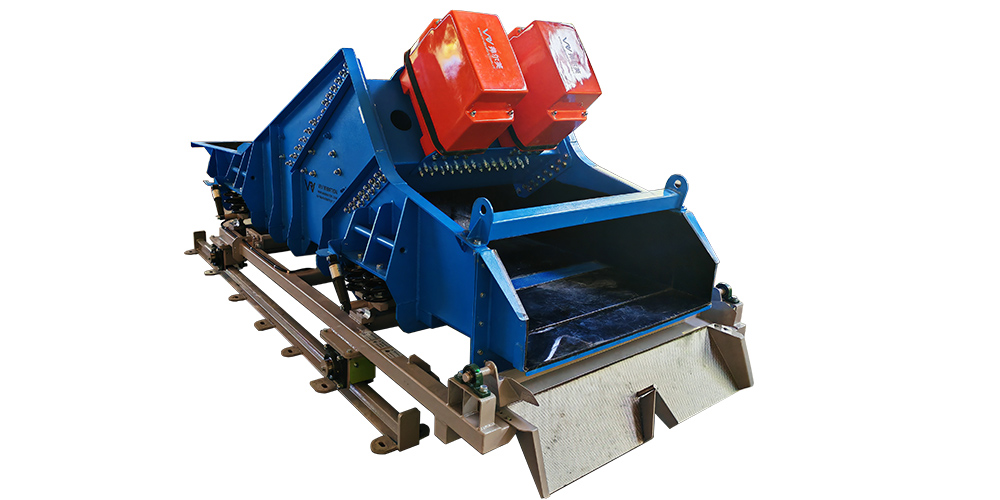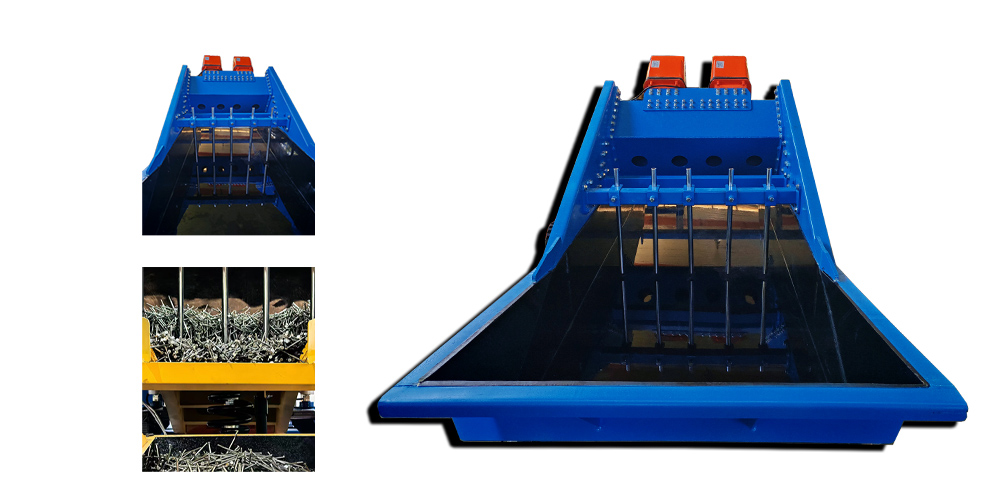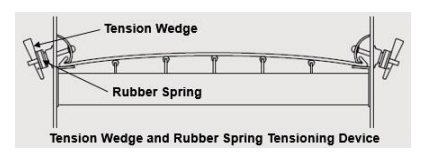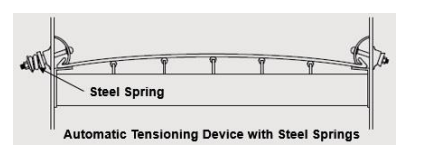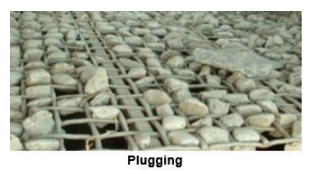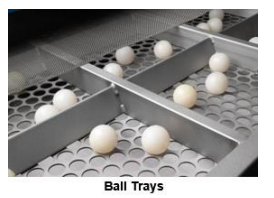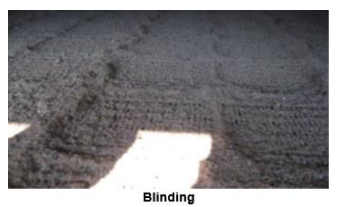#Submersible pumps are core equipment in chemical processes. With their corrosion resistance and efficient transportation, they significantly improve production safety and efficiency. According to global market data in 2024, submersible pumps account for 35% of the chemical industry, of which #fluoroplastic submersible pumps and #stainless steel submersible pumps are the two main types, targeting different working conditions.
1. Fluoroplastic submersible pump
Application areas: strong acid (such as sulfuric acid, hydrochloric acid), strong alkali and organic solvent transportation, commonly used in electroplating, pharmaceuticals, and wastewater treatment.
①Advantages:
Extremely corrosion-resistant, PTFE material can resist 98% of chemical media;
Good sealing performance, reducing the risk of leakage;
Lightweight design, easy installation and maintenance.
②Disadvantages:
Low mechanical strength, poor adaptability to high temperature and high pressure scenes;
Price is higher than ordinary metal pumps (average price is 20%-30% higher).
2. Stainless steel submersible pump

Application areas: medium and low corrosive media (such as salt water, weak acid), food processing and petroleum industry.
①Advantages:
Sturdy structure, suitable for high pressure and high temperature environment;
Low cost, market share of about 60%;
High degree of customization (such as 316L stainless steel model).
②Disadvantages:
Insufficient tolerance to highly corrosive media such as hydrofluoric acid;
Long-term use may cause pitting due to chloride ions.
2. The innovative contribution of submersible pumps to the chemical industry
Submersible pumps solve the leakage and efficiency problems of traditional pumps in the transportation of corrosive and high-temperature media through the design of direct immersion in the medium, becoming a key equipment for chemical process upgrades. Its core changes are reflected in two major technical routes:
4. Breakthrough application of fluoroplastic submersible pumps
Corrosion-resistant revolution: Using materials such as PTFE, it can withstand 98% of chemical media (such as hydrofluoric acid and concentrated sulfuric acid), which can extend the equipment life of high-corrosion fields such as electroplating and pharmaceuticals by 3-5 times
Safety upgrade: Magnetic drive technology (such as the Coenco brand) completely eliminates the risk of leakage and meets the explosion-proof requirements for the transportation of flammable and explosive media
5. Adaptability optimization of stainless steel submersible pumps
Cost-effectiveness advantage: It occupies 60% of the market share and is suitable for medium and low corrosion scenarios (such as salt water and weak alkali). It has been expanded to the food processing field through the upgrade of 316L material
High temperature and high pressure adaptation: Sulzer API 610 BB5 pumps achieve stable operation at 300℃ in slurry bed residue oil hydrogenation units
6. Systematic industry impact
Environmental benefits: Wastewater treatment pumps (such as Wilo's 144 submersible mixers) help Zhuyuan Sewage Plant increase its daily processing capacity to 3.4 million m³.
